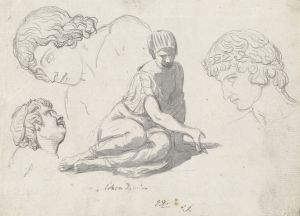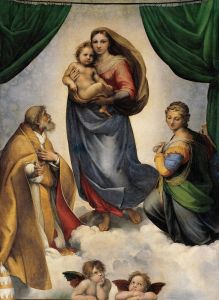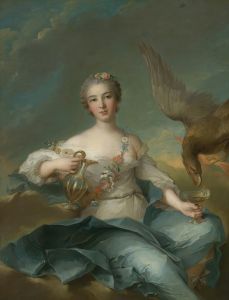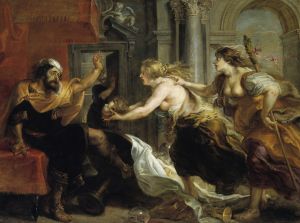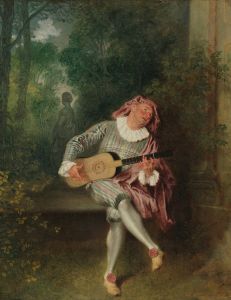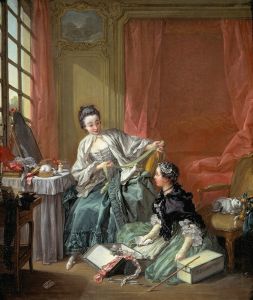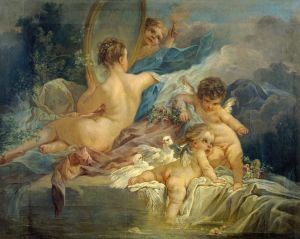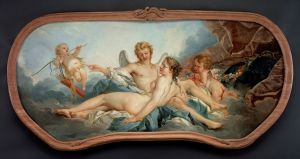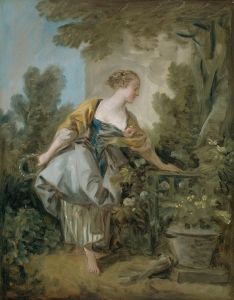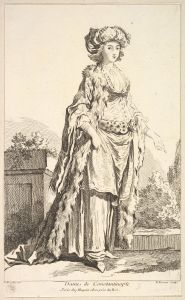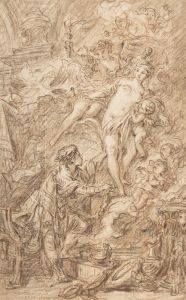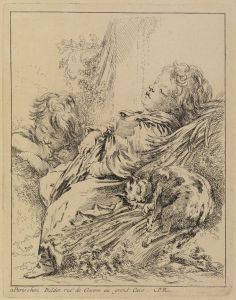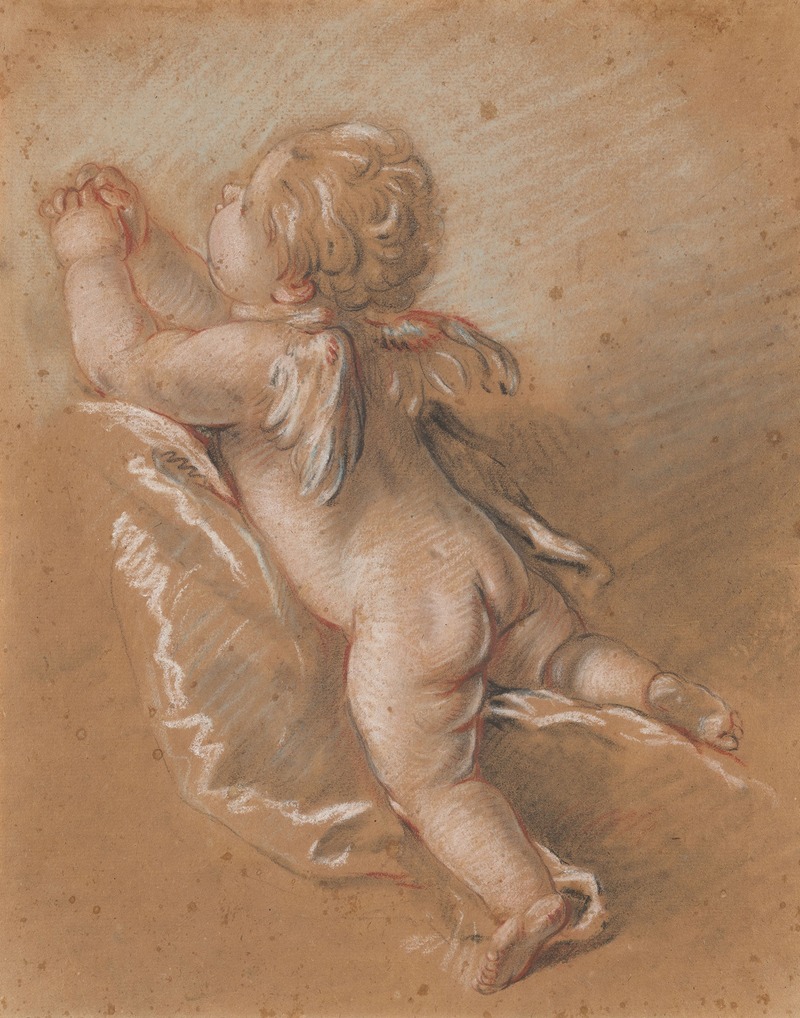
Winged Cherub Seen from the Back with Upraised, Clasped Hands
A hand-painted replica of François Boucher’s masterpiece Winged Cherub Seen from the Back with Upraised, Clasped Hands, meticulously crafted by professional artists to capture the true essence of the original. Each piece is created with museum-quality canvas and rare mineral pigments, carefully painted by experienced artists with delicate brushstrokes and rich, layered colors to perfectly recreate the texture of the original artwork. Unlike machine-printed reproductions, this hand-painted version brings the painting to life, infused with the artist’s emotions and skill in every stroke. Whether for personal collection or home decoration, it instantly elevates the artistic atmosphere of any space.
François Boucher (1703–1770) was a prominent French painter, draughtsman, and etcher, celebrated for his Rococo style and his depictions of idyllic and pastoral scenes. Among his extensive body of work, "Winged Cherub Seen from the Back with Upraised, Clasped Hands" is a notable drawing that exemplifies his mastery of delicate and graceful forms.
This artwork is a study of a cherub, a recurring motif in Boucher's oeuvre, reflecting his fascination with themes of innocence, playfulness, and divine beauty. The drawing portrays a winged cherub viewed from behind, with its hands raised and clasped in a gesture that suggests prayer or reverence. The figure is rendered with soft, flowing lines, emphasizing the cherub's youthful form and the ethereal quality of its wings. The composition is both dynamic and harmonious, showcasing Boucher's skill in capturing movement and anatomy with a sense of lightness and charm.
The medium used for this drawing is typically black and white chalk on blue paper, a technique Boucher frequently employed in his studies. This choice of materials allowed him to create a striking contrast between light and shadow, enhancing the three-dimensionality of the figure. The blue paper also adds a subtle tonal quality, contributing to the overall delicacy of the piece.
As a preparatory study, this drawing may have been created as part of Boucher's process for a larger painting or decorative project. Cherubs were a common element in Rococo art, often appearing in allegorical or mythological contexts, as well as in decorative schemes for interiors, tapestries, and porcelain designs. Boucher's cherubs, in particular, are renowned for their lively and expressive poses, which convey a sense of joy and whimsy.
While the exact date of this drawing is not documented, it is consistent with Boucher's mature style, which flourished during the mid-18th century. His work during this period was highly sought after by patrons, including members of the French court and the aristocracy. Boucher's influence extended beyond his own creations, as he served as the director of the Royal Academy of Painting and Sculpture and as the first painter to King Louis XV.
Today, "Winged Cherub Seen from the Back with Upraised, Clasped Hands" is appreciated as an example of Boucher's technical skill and artistic vision. It reflects the Rococo aesthetic's emphasis on elegance, lightness, and decorative beauty, qualities that have made Boucher one of the most celebrated artists of his time.






